The Last of Us Part II is not a nice story. At first, it appears to be a straightforward tale of revenge, and while that continues to be the defining motivation for all major characters, the story reveals itself to be far more complex than that. It’s an exploration of why revenge is not always what we should seek—or the legacy we want to leave behind.
It’s been nearly seven years since we last saw Joel and Ellie in The Last of Us, which released for the PlayStation 3 in 2013, then in remastered form for the PlayStation 4 the next year. Even as a young person myself then, I found the tale of Joel transforming into Ellie’s father figure, and his battle with his personal demons, to be a relatable experience. The choice Joel made at the end, with his selfish need to avoid losing another daughter overtaking what could have potentially been the salvation of the entire world, still lingers.
I was heavily invested in what was going to happen in Part II, and I took great care to avoid all leaks and spoilers surrounding it in order to have a genuine experience with the story. Despite the large gap of time between the games, when I booted up Part II for the first time, I was under the impression I had never left the infested world of The Last of Us. The gameplay feels much like the first, and this familiarity is not a bad thing. The survival and stealth mechanics are as robust as ever, the combat is more fluid, the violence is still heavy, and the collecting, lore-building, and exploration are all worthwhile experiences. Mechanically, it’s not breaking any ground, but it’s a good game.
However, the developer is Naughty Dog, and this is the sequel to one of the most beloved narratively driven games of all time. That means the game’s story takes center stage, above all else. And boy, does it.
Revenge is the name of the game
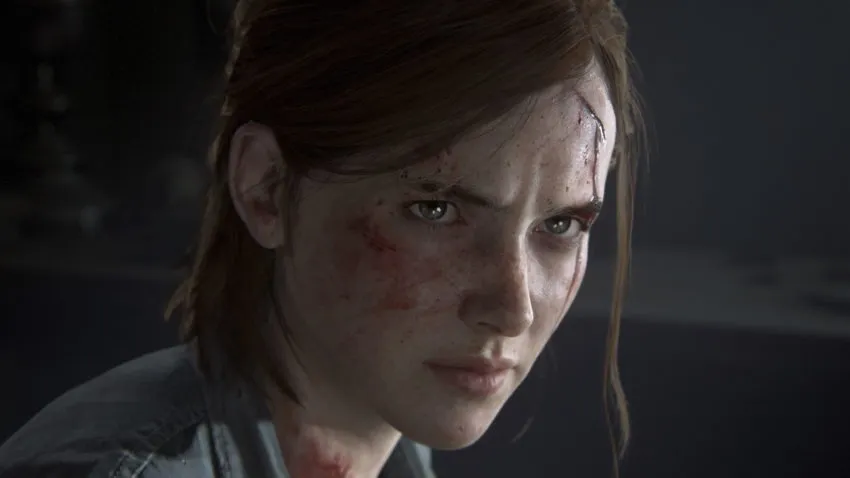
Within the first few hours, we quickly see the consequences of the first game come back to haunt our favorite characters. Since the events of The Last of Us, the pair have returned to Jackson, Wyoming, a city managed, at least in part, by Joel’s brother Tommy. It’s bustling, safe, and organized, and all is seemingly as well. Pretty soon, though, Joel comes face-to-face with some of the freedom-fighting Fireflies who survived the events of the first game, and who remember what he did to save Ellie four years ago.
Rather than handwave or ignore that he brutally murdered his way through a hospital full of objectively innocent people to rescue—or steal—one girl who perhaps could have saved humanity, Part II embraces this fact and gives the characters consequences for their actions. The former Fireflies, now part of a group called the Washington Liberation Front and led by a woman named Abby, soon put into motion a series of events that sends Ellie on a warpath.
Ellie spends three chaotic days in Seattle tracking the WLF and, most importantly, Abby. While she often finds herself in the middle of the fights that break out between the WLF, or Wolves, and a rival cult called the Seraphites, or Scars, we also see her dealing with the ever-present threat of the Infected as she hunts down every individual she knows to be an ally of Abby. We’re right there with her as she goes down a darker, less sympathetic path, systematically taking out her targets and every person or thing that stands in her way.
But the bittersweet story of a more innocent, younger Ellie, and of the impact Joel had on her earlier life, never leaves our minds. We’re treated to interspersed flashbacks that expose more details of their relationship, and this insight makes Ellie’s choices far more apparent. But just when we’re about to reach the conclusion of the third day, we’re jarringly shifted into a new perspective, and everything we thought we knew changes.
Understanding both sides of the coin
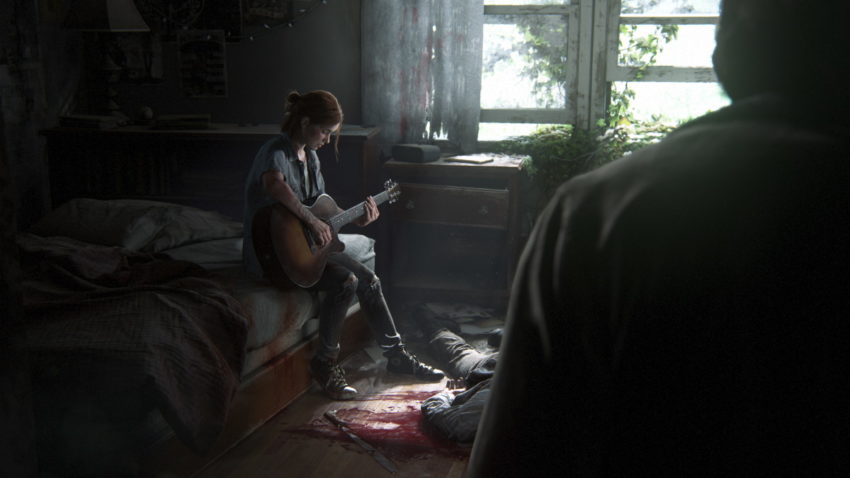
The game makes a point to give the WLF and its members a solid introduction, and we are shown how Abby and the other members of the WLF—all our enemies up to this point—handle life in Seattle. For me, at first, they were difficult characters to relate to, and being privy to this perspective is a complicated, confusing experience.
The more we learn about Abby, the more her story becomes an equally complicated tale. We also learn the stories of the people Ellie has been hunting, and that these are not just faceless villains for us to kill. It’s a beautifully written, touching experience, and it shows that humans remain fluid creatures, even in the most chaotic circumstances.
Over many hours of gameplay, the people we thought were our friends and enemies become not-so-different entities. These people all have drastically different stories, yes, but they end up doing nearly the same exact things for similarly justified reasons. While the start of Part II feels like a clearcut story, after the first few hours, everything becomes complicated, and it’s not as black and white as it might have seemed.
Clearcut survival and simple combat
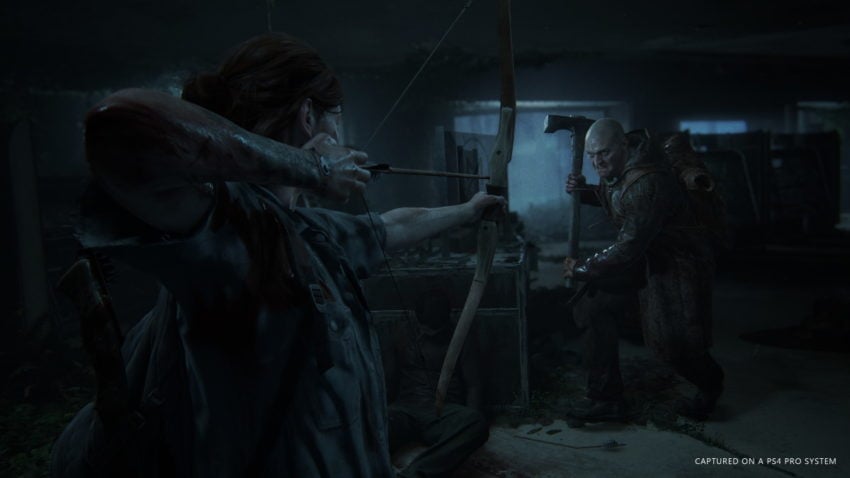
Putting story aside for a moment, the gameplay itself is exceptionally polished both in terms of combat and survival. You spend time exploring areas large and small, searching through drawers and rustling through cabinets, working around small puzzles to reach locations where you find collectibles or items to build up your arsenal for inevitable combat situations.
Most encounters start off with you sneaking around, letting you take out enemies one by one. When things do become loud, you have a robust arsenal with which to fight back, and it never feels overly complicated. The stealth portions are rewarding when you perform them perfectly, and the checkpoints are generous—leaps and bounds above the first game, where if you died, you restarted the entire encounter.
The survival pacing is good, and the combat is hefty enough to let you digest the hard-to-swallow story moments with some fluid action. There are enough new aspects here, like driving a boat through a flooded Seattle or using ropes to climb and navigate certain sections, and there are some quality of life improvements, like with shivs being less crucial to finding secrets and upgraded weapons feeling like legitimate requirements you want to unlock. Nothing is revolutionary, but it’s all well upgraded with a current-gen spin.
No heroes left in the world
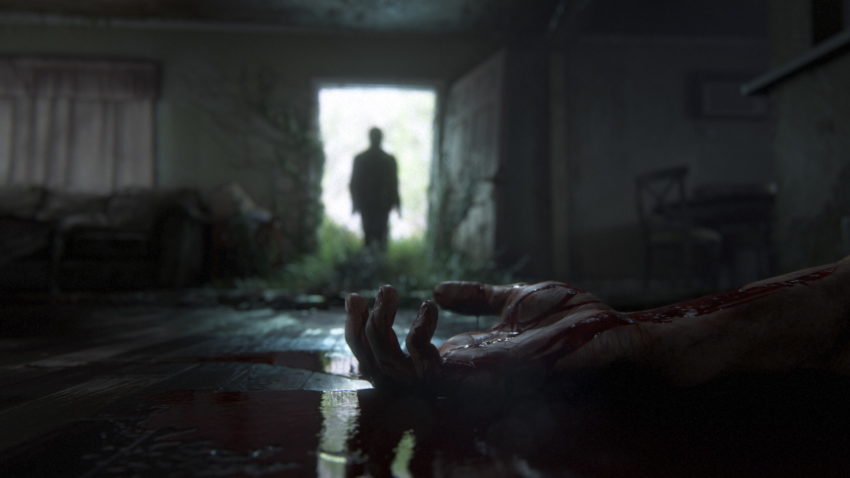
It’s easy to say The Last of Us Part II has no heroes. Every character is wrapped with thick, heavy layers of hate, pain, and an unabashed willingness to cause further destruction in the name of vengeance—or, in their minds, justice.
Because you see several unique perspectives while watching it all unfold, it’s often painful, and feelings about who’s right and who’s wrong become a muddy mess. Like a backdrop to your personal story, you’re watching the WLF and Seraphites tear each other apart for the basic human reason of requiring the resources that the other has. They are violent toward each other and give no mercy, furthering the painful understanding that humans can be horrible, twisted creatures, willing to take everything from another person if it helps them survive one more day.
Video games normally give you a direct hero to cheer for, a person you want to see succeed while being given the opportunity to take part in their journey. But as The Last of Us Part II progresses, it’s revealed that there is no clear-cut hero, and even more grating, no clear villain. Each character is robust, and oftentimes difficult to cheer on. Who you want to see triumph is an ever-shifting choice, because they’re all people who have done horrible things, but they’re not necessarily horrible people.
That’s likely the point Naughty Dog wanted players to grapple with and settle on: Everyone is their own hero, and their villains may not be truly evil. They just happen to be the ones we’re fighting against today.

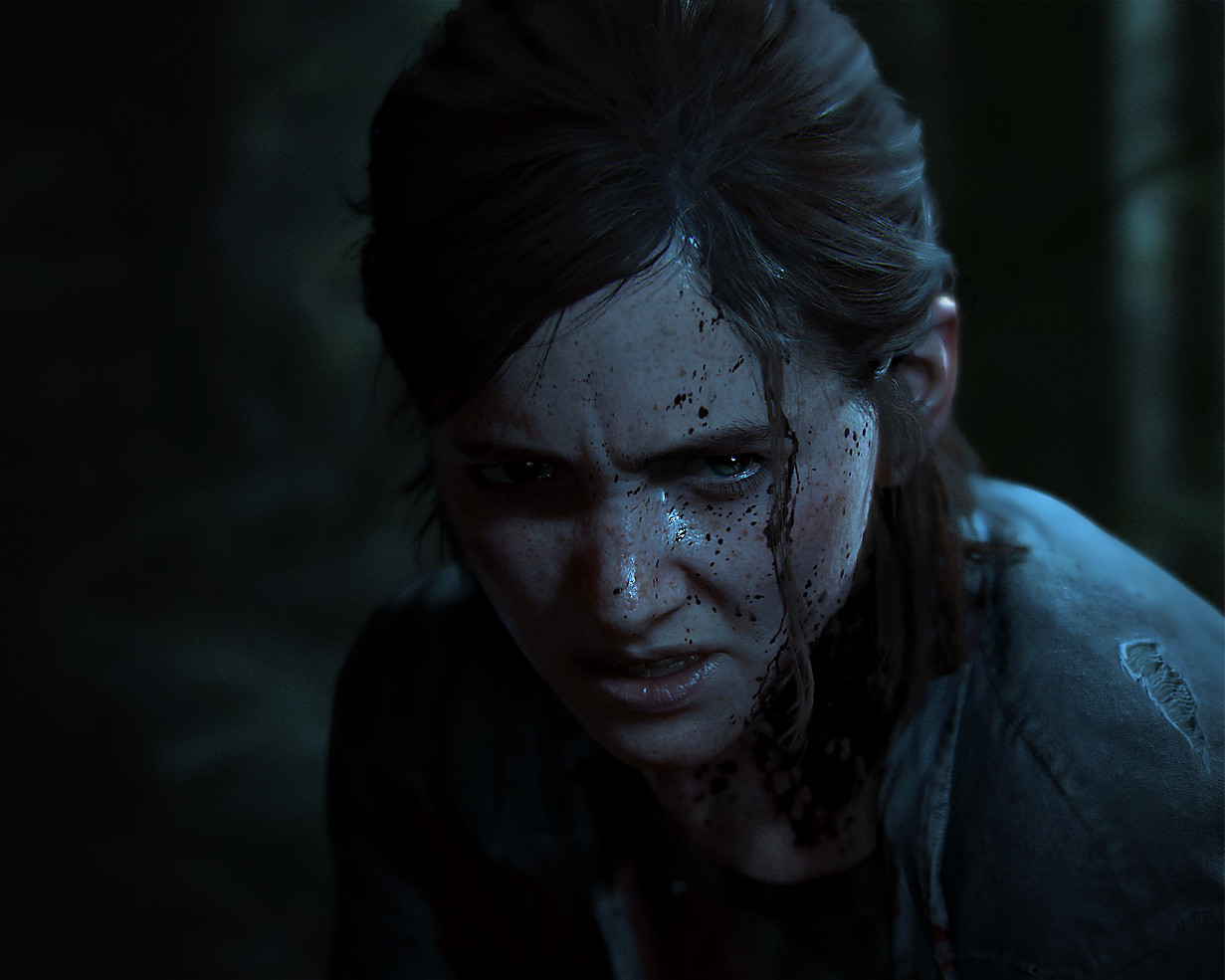
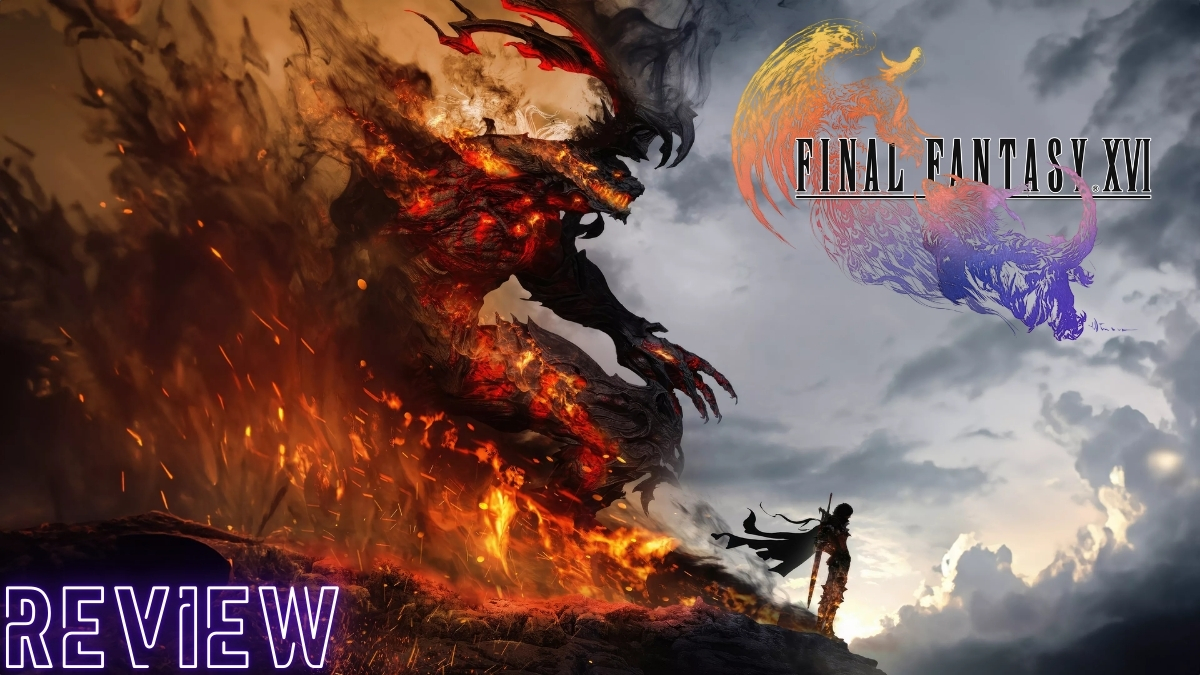
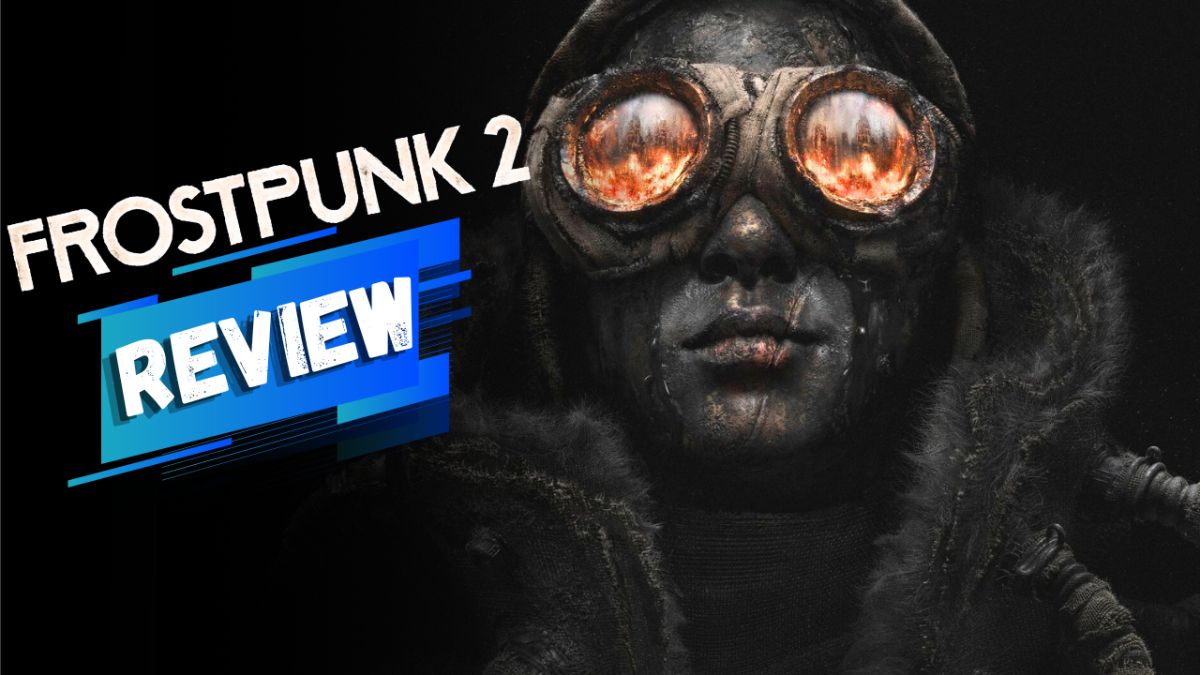
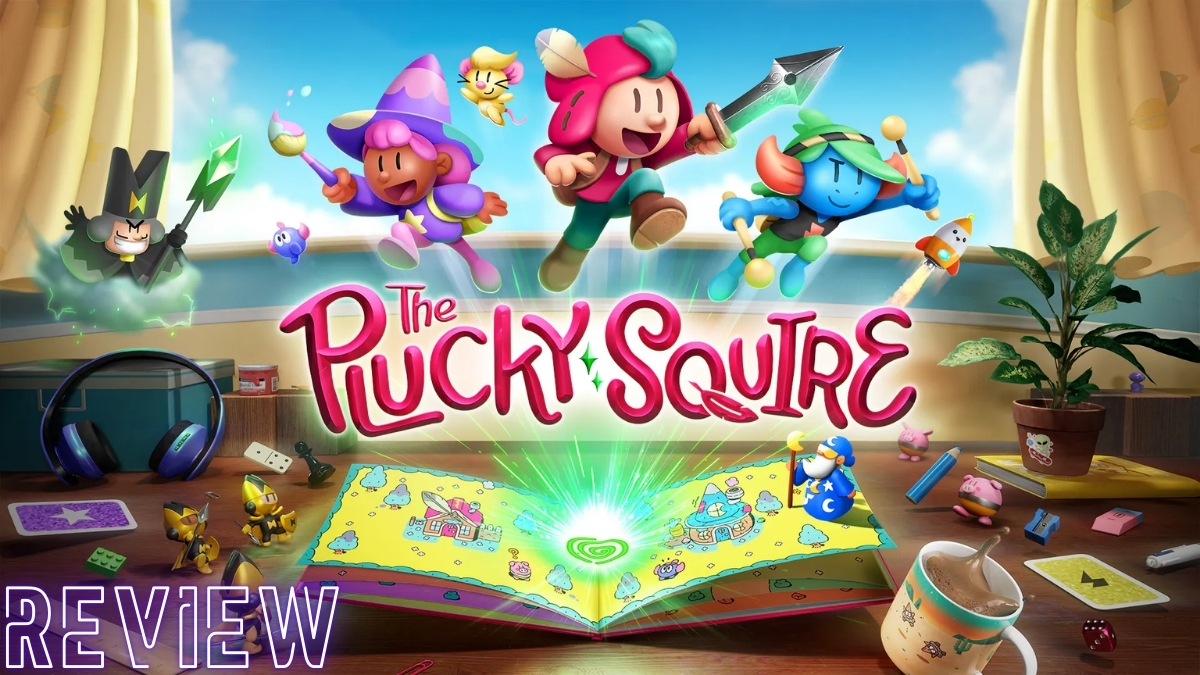
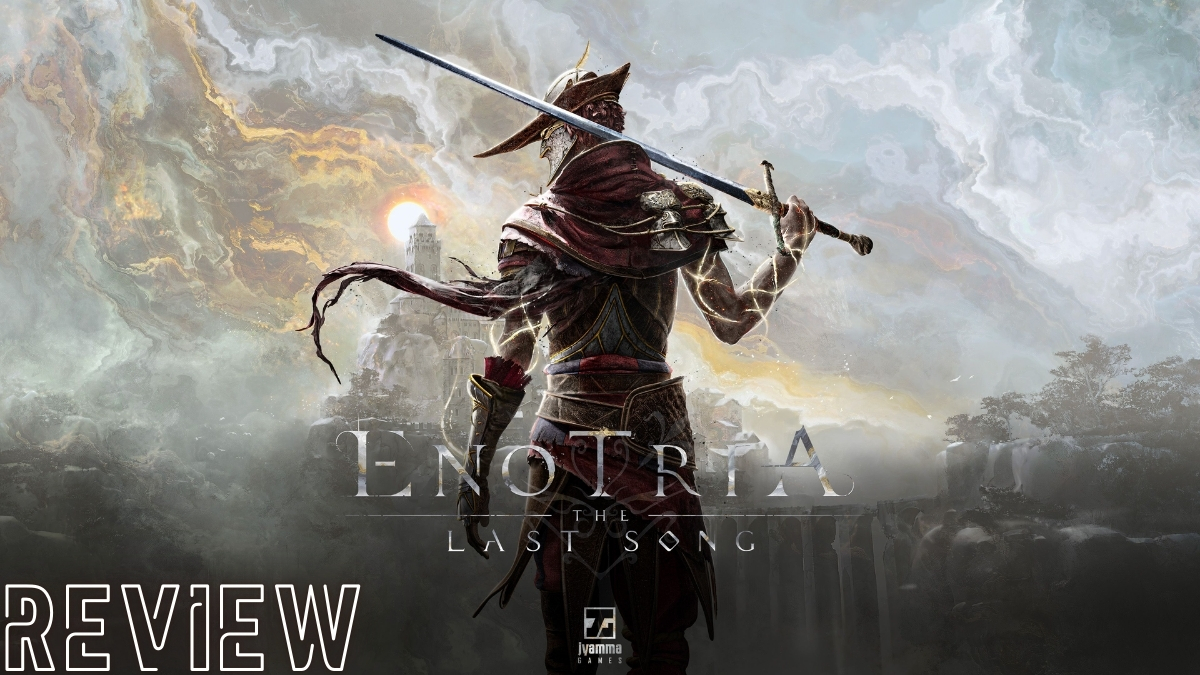
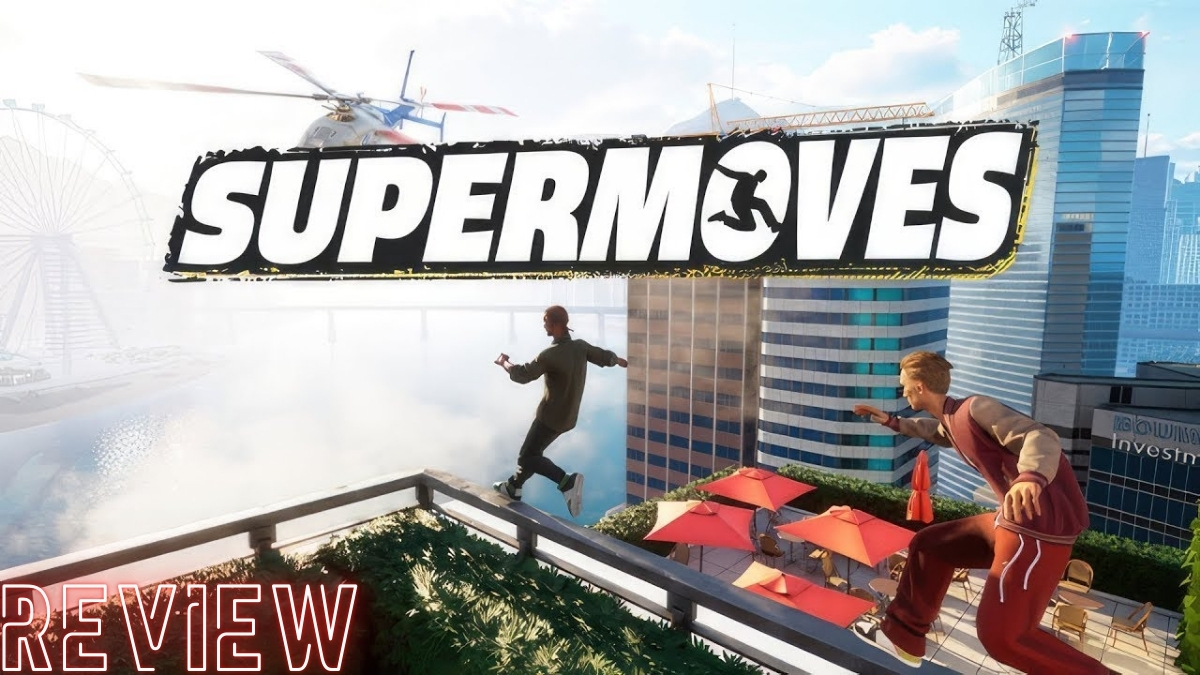
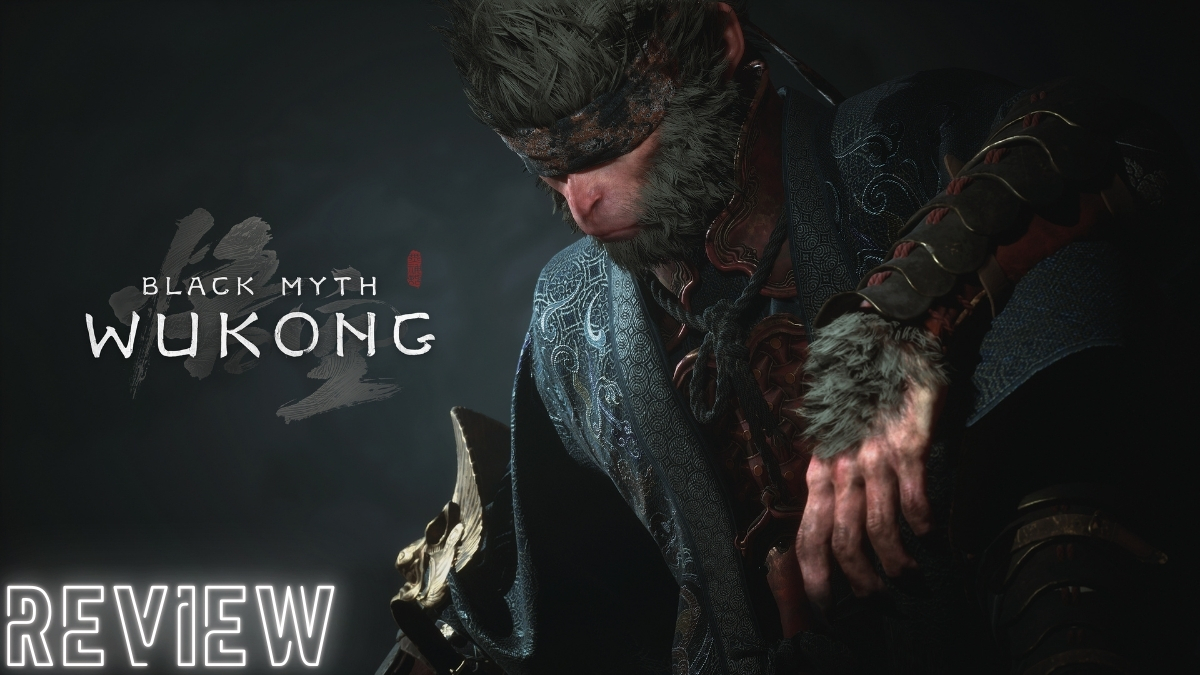
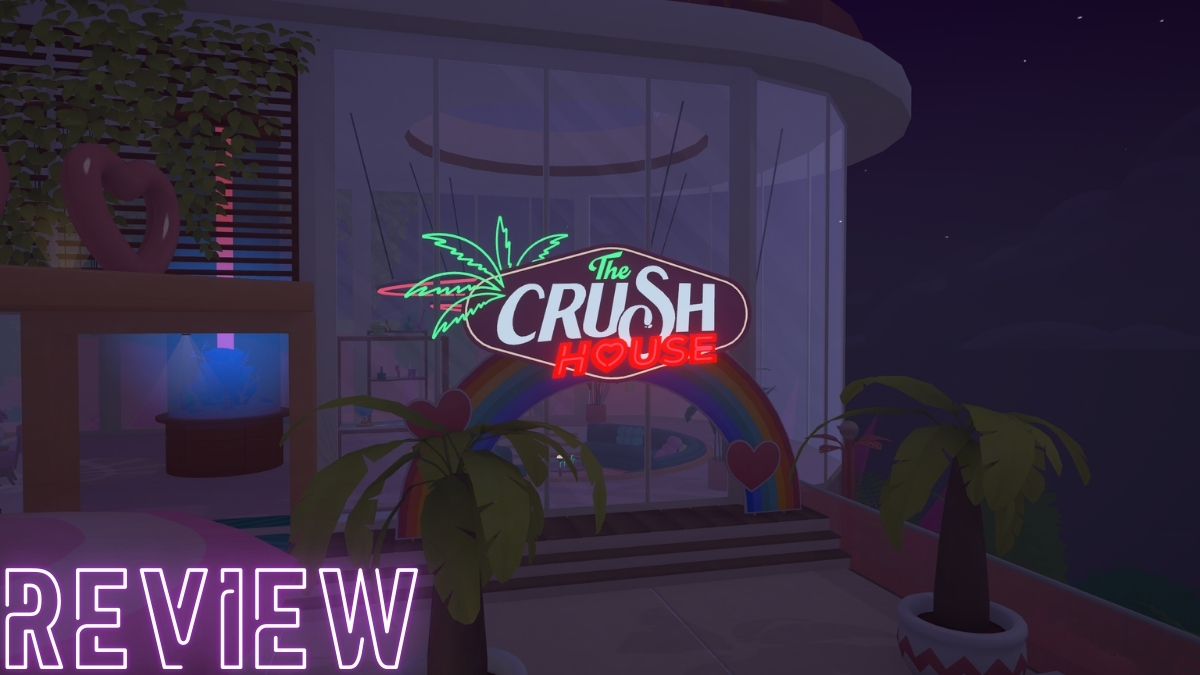
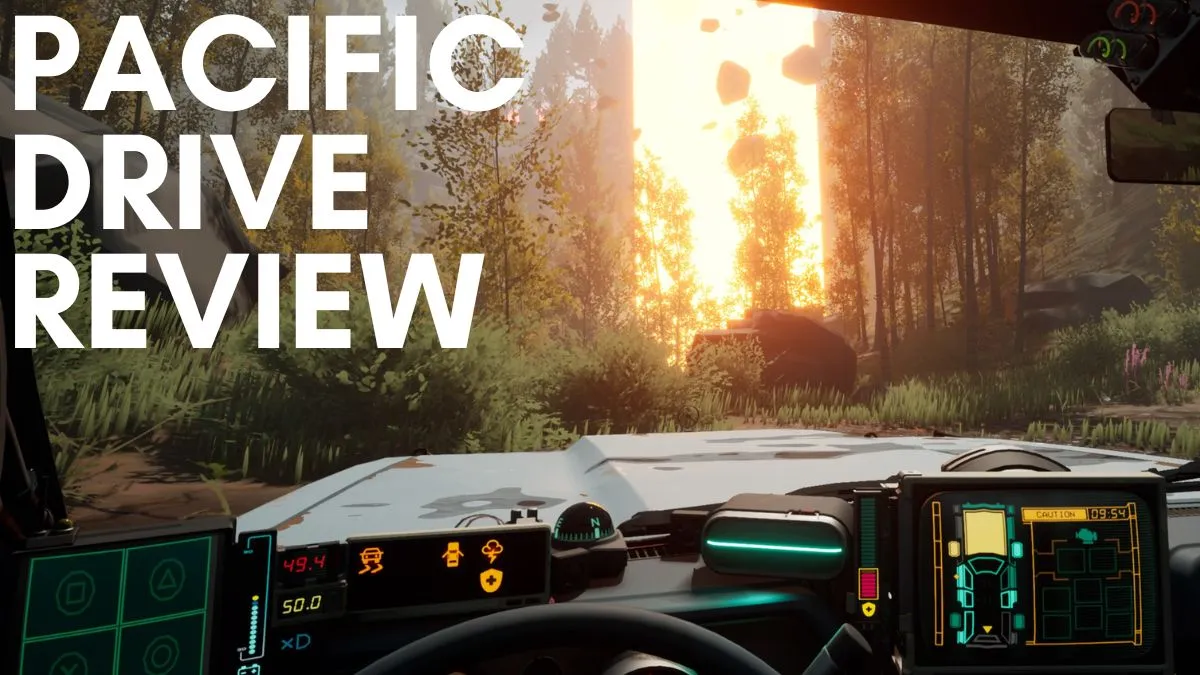
Published: Jun 26, 2020 06:07 pm